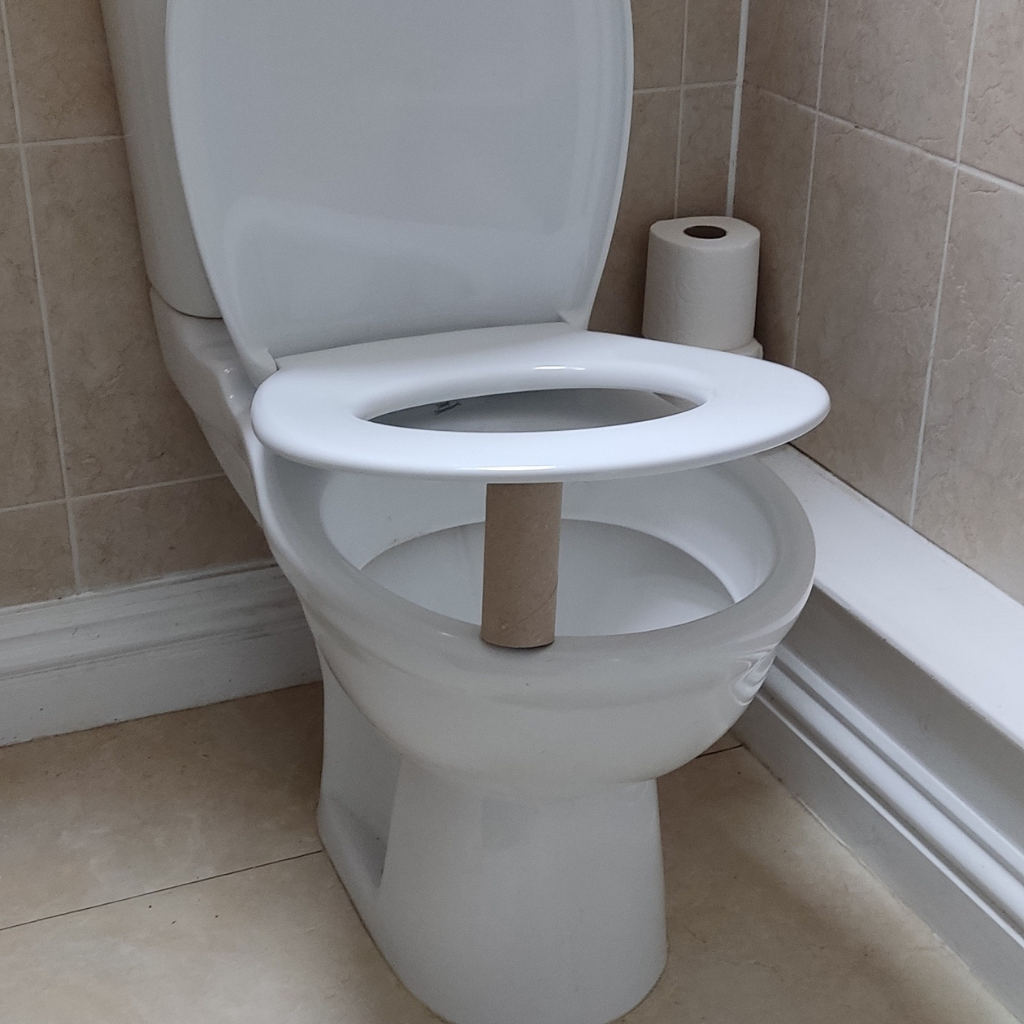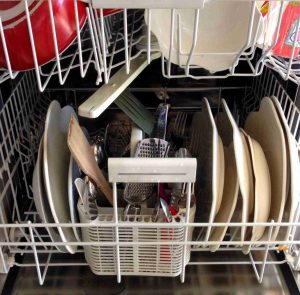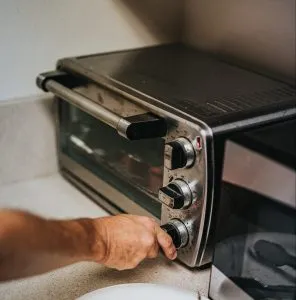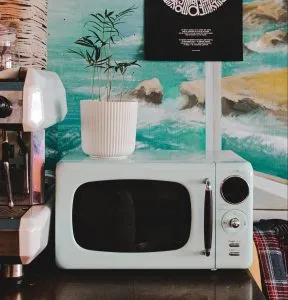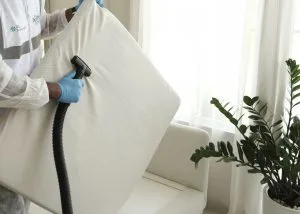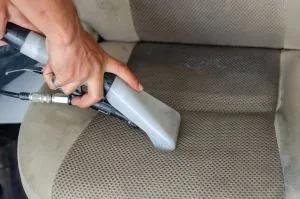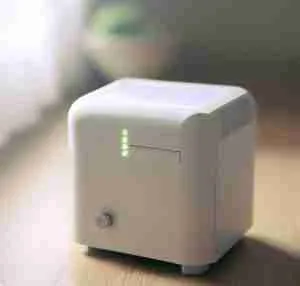Contents
ToggleKey Takeaway:
- The practice of placing a toilet roll under the seat has a variety of proposed origins, from germ prevention and seat stabilization to acting as a signal for a lack of toilet paper.
- Despite these theories, the effectiveness of this practice is questionable. Toilet seats are typically not as germ-ridden as other surfaces like doorknobs or smartphones, making the roll a potentially ineffective barrier. Similarly, using a roll to stabilize a wobbly seat may not be a reliable solution and could even damage the seat.
- Alternatives like toilet seat covers and disinfectant wipes are more effective in ensuring hygiene. The former provides a barrier, while the latter helps eliminate germs directly.
- The debate over toilet paper orientation (over or under) doesn’t directly impact the roll-under-the-seat practice, but it does highlight the cultural significance of toilet paper in our lives.
- There are other, more effective toilet-related hygiene practices that can be followed. Washing hands thoroughly with soap and water post-toilet use and using bidets, where available, are recommended hygiene practices.
The Origin of the Practice
The habit of placing a toilet roll under the seat is an unusual one, with a murky origin story that’s as enigmatic as it is captivating. It’s a practice that seems to have materialized out of thin air, yet it’s a part of our lives in a strangely intimate way. Let’s dive into some claims surrounding the roots of this practice.
One theory suggests it’s all about avoiding the spread of germs. People, wary of the invisible microbes lurking on public toilet seats, may have started putting a roll of toilet paper under the seat to act as a barrier between them and potential pathogens. This could’ve sprung from the understandable desire to create a sense of safety, particularly in public restrooms with high foot traffic.
Others propose that the practice has a functional motivation—preventing the seat from shifting during use. A loosely fixed toilet seat can be an annoyance, and a roll of toilet paper could serve as a makeshift solution. For the curious, the circumference of a toilet paper roll can vary, impacting its utility as a seat stabilizer. An unassuming roll of paper is not just a commodity here, it’s a seat stabilizer, an unlikely hero in the face of everyday inconveniences.
Lastly, there’s the signaling theory. A roll of toilet paper under the seat could serve as a non-verbal cue that the stall is out of paper. An empty dispenser can catch us off guard at the most inopportune moments, and such a signal might save us from that awkward encounter. Regardless of which origin story rings true, the practice has become an odd fixture in our shared restroom realities.
A Reader’s Theory: Signaling the Absence of Toilet Paper
A fascinating theory on how toilet rolls under the seat can signal the absence of toilet paper has caught the attention of readers. This theory suggests that this placement serves as a visual cue to alert the next user to ensure they replenish the paper supply. In support of this theory, several key points can be highlighted:
- Visual Communication: Placing a toilet roll under the seat can serve as an unambiguous visual signal to the next user.
- Preventing Embarrassment: This clever practice can help individuals avoid the potentially awkward and embarrassing situation of finding an empty roll.
- Considerate Behavior: By adopting this habit, people can show consideration towards others by ensuring they are not caught off guard when using the restroom.
- Efficiency: The deliberate placement of a toilet roll can save time for the next user by providing an immediate reminder to check the stock.
- Community Awareness: This practice promotes a sense of communal responsibility towards maintaining restroom hygiene and proper supplies for everyone’s benefit.
- Cultural Norms: In some regions, this unspoken agreement has been observed for generations, further reinforcing the theory’s validity.
It is important to note that this theory has not been empirically studied or proven, but it highlights an interesting aspect of human behavior in communal spaces. The use of this visual signal serves as a low-cost method to address a common inconvenience and promote a considerate restroom environment.
In a somewhat related observation, it is worth mentioning that research conducted by the Pew Research Center revealed that toilet paper is considered a necessity by 96% of Americans. The high value placed on toilet paper underscores the significance of this everyday item and the potential implications of its absence in public restrooms.
Societal Perceptions
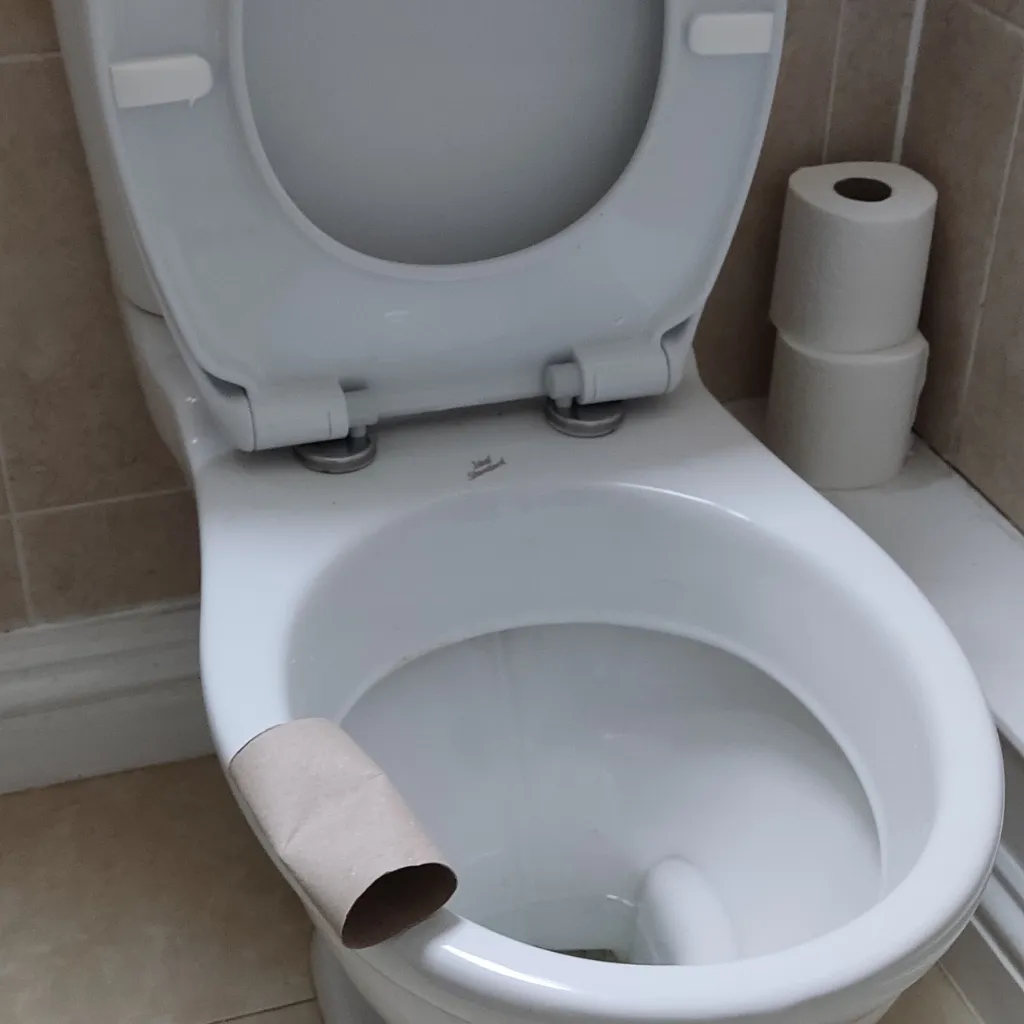
Toilets, perhaps one of the most under-discussed yet ubiquitous parts of our lives, are more than just functional utilities. They’re microcosms of societal norms, personal comfort, and individual perceptions of cleanliness. The seemingly trivial practice of placing a toilet roll under the seat can be seen as an embodiment of these underlying cultural currents.
It’s a social behavior steeped in shared beliefs about cleanliness and personal space. It’s about claiming ownership of an often-impersonal public space and fostering a connection with the next user, unknown and unseen. When a visitor encounters a roll of toilet paper under the seat or a neatly folded corner of a public restroom’s toilet paper, they’re not just seeing a piece of paper – they’re receiving a tacit message of care.
These actions, seemingly insignificant, act as reassurances, indicators that someone has thought about the space and, by extension, the next user’s wellbeing. They help to transform an otherwise anonymous public space into a shared communal environment, bound by implicit understandings and mutual respect.
The Effectiveness of the Practice
Unraveling the effectiveness of placing a toilet roll under the seat is as tricky as the practice itself. Is it a hygiene hero or a misguided myth? Let’s dissect this with science and expert opinions.
The germ-prevention theory might sound compelling, but it’s not necessarily grounded in robust science. According to health experts, toilet seats aren’t typically the germ-infested horrors we imagine them to be. In fact, other surfaces like doorknobs, faucet handles, and even our smartphones often harbor more bacteria. Hence, a toilet roll might not offer substantial protection from germs, contrary to popular belief. You can learn more about toilet seat hygiene here.
As for the seat stabilizer theory, while it might offer temporary respite from a wobbly seat, it’s not a reliable or long-term solution. It could even add to the instability or risk of damaging the toilet seat.
Finally, the signal theory, although practical, is dependent on universal recognition of this practice, which is currently not the case. The message might not be clear to every restroom-goer, leading to confusion and ineffective communication.
Alternatives to the Practice
Since the effectiveness of the toilet roll-under-the-seat practice is questionable, what alternatives could offer better peace of mind or functionality? Here’s where our everyday heroes – toilet seat covers and disinfectant wipes – step in.
Toilet seat covers, typically made of paper or plastic, can provide a tangible barrier between the user and the toilet seat. They’re designed for this very purpose, offering a more hygienic solution.
Disinfectant wipes, on the other hand, can provide an immediate cleaning solution. Wiping down the seat before use can help remove any lingering germs, and it’s a practice endorsed by health experts. Speaking of cleaning, knowing how to properly clean a toilet plunger is another important aspect of bathroom hygiene.
The Debate Over Toilet Paper Orientation
The debate about whether toilet paper should roll over or under has been around almost as long as toilet paper itself. The ‘over’ proponents argue it’s easier to grasp and tear the paper, while the ‘under’ camp believes it looks neater and is less likely to be unraveled by pets or toddlers.
How does this relate to our toilet roll-under-the-seat conundrum? In terms of hygiene, it’s moot. Whether the paper rolls over or under, it won’t significantly impact germ transmission if placed under the seat. However, the debate does highlight the surprisingly deep cultural significance of toilet paper in our lives and the lengths we’ll go to ensure our personal comfort and hygiene.
Other Toilet-Related Hygiene Practices
Placing a toilet roll under the seat is but a drop in the ocean of toilet-related hygiene practices. It’s essential to highlight other practices that could positively impact our health.
Firstly, and most importantly, hand washing. The CDC recommends washing hands with soap and water for at least 20 seconds after using the toilet. This is a fundamental practice in preventing the spread of diseases.
Secondly, the use of bidets. These fixtures, popular in many parts of the world, offer an alternative to toilet paper, providing a water-based cleansing method that’s considered both hygienic and environmentally friendly.
In conclusion, the practice of placing a toilet roll under the seat has embedded itself in our restroom rituals, despite its unclear origins and questionable effectiveness. While it may continue to be a part of our toilet folklore, embracing established hygiene practices like using toilet seat covers, disinfectant wipes, hand washing, and bidets might serve us better. So next time you find a toilet roll under the seat, remember, it’s not just paper – it’s a small piece of our shared human story, full of mystery, intrigue, and an ever-evolving understanding of hygiene.
Some Facts About Why Place a Toilet Roll Under the Seat:
- ✅ Origin is Uncertain: The practice of placing a toilet roll under the seat has several theorized origins, including prevention of germ spread, seat stabilization, or a signal for lack of toilet paper, but its true origin remains unclear.
- ✅ Effectiveness is Questionable: Despite these theories, the effectiveness of the practice is dubious. Toilet seats are not as germ-ridden as other frequently-touched surfaces, making the roll a potentially ineffective barrier. Moreover, using a roll for seat stabilization may not be a long-term solution.
- ✅ Better Alternatives Exist: More effective alternatives, like toilet seat covers and disinfectant wipes, are available. These are designed for hygiene purposes, offering a direct solution to the perceived problems that a toilet roll under the seat attempts to solve.
- ✅ Orientation Debate is Unrelated: The debate over toilet paper orientation (over or under) does not directly impact the roll-under-the-seat practice. However, it does highlight the surprisingly significant role toilet paper plays in our daily lives and personal comfort.
- ✅ Other Hygiene Practices Are More Important: Practices such as thorough hand washing with soap and water after using the toilet, and using bidets for cleanliness where available, are more effective for maintaining hygiene. These methods are recommended by health experts and can significantly reduce the spread of disease.
FAQs about Why Place A Toilet Roll Under The Seat
Why place a toilet roll under the toilet seat at a hotel?
Placing a toilet roll under the seat in a hotel could be a signal of cleanliness, suggesting the room has been cleaned. Alternatively, it may be used to stabilize a wobbly seat. However, it’s not a universally accepted practice and its effectiveness for either purpose is debatable.
What does it mean when you put the toilet paper over or under?
The over-or-under toilet paper debate boils down to personal preference. Some people believe ‘over’ is easier to tear and grab, while others argue ‘under’ looks neater and minimizes the risk of unravelling.
Where is the best place for toilet roll?
The best place for a toilet roll is in a holder within easy reach of the toilet, but not in direct contact with the toilet surface to minimize germ transmission. It should also be placed away from any splash risk.
What is the psychology behind toilet paper placement?
Toilet paper placement can be seen as a reflection of personal habits, comfort, and control. Over-or-under preferences could be linked to personality traits, while placing a roll under the seat may provide a sense of cleanliness or stability.
What is the meaning of toilet paper roll?
A toilet paper roll is a necessary item for personal hygiene in many cultures. Its placement, such as under the seat or over-or-under orientation, can reflect personal habits, societal norms, and individual perceptions of cleanliness.
Additional Reading
After understanding why placing a toilet roll under the seat can be a game-changer, you might have more questions about bathroom care or other home maintenance issues. Check out these articles for further insights:
- Dealing with a Bathroom that Smells Like Rotten Eggs: When a bathroom smell turns sour, here’s what you need to do.
- How to Unclog a Toilet When Nothing Works: A clogged toilet can be a real nightmare. Learn what to do when all else fails in this detailed guide.
- How to Get Rid of the Smell of Poop on Your Skin: Sometimes, soap and water are just not enough. Discover effective ways to get rid of the unwanted smell.
- Solving the Shaking Washing Machine Mystery: Is your washing machine shaking uncontrollably? Get insights on how to solve this common issue.

